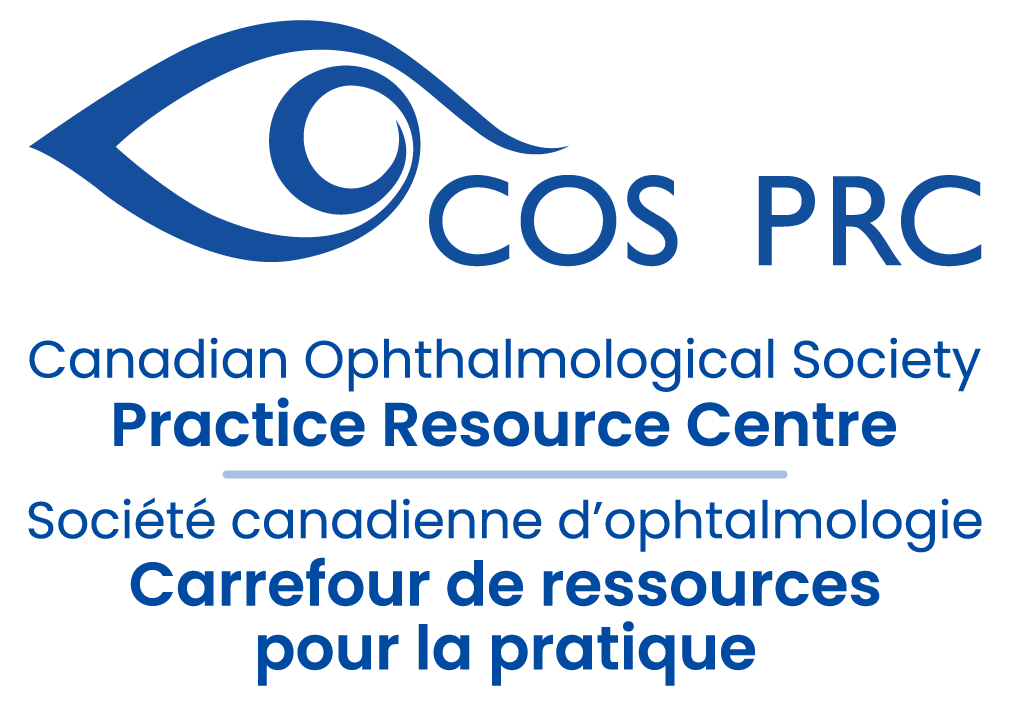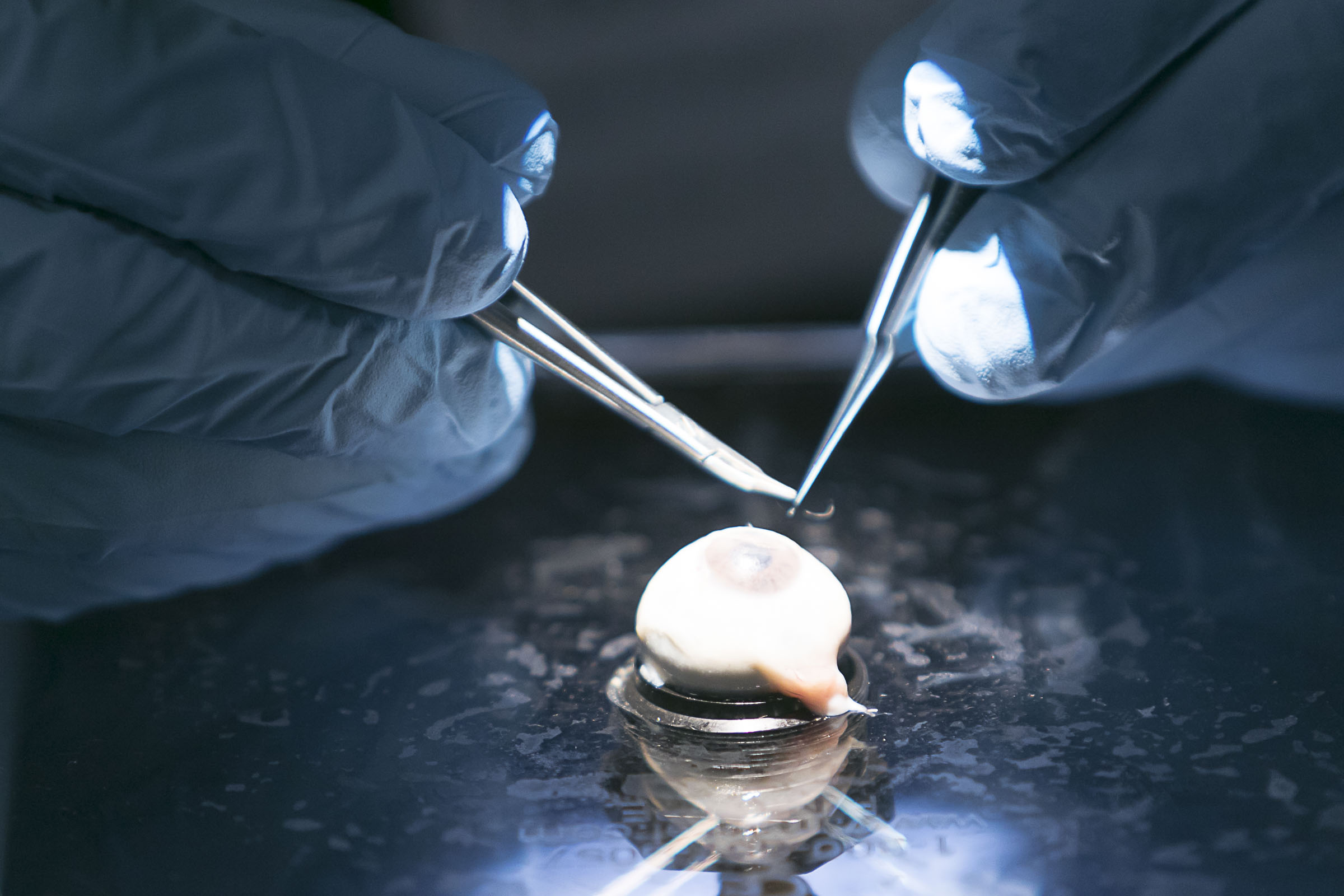Position Statement
(December 2017)
Summary
Current surgical treatments for glaucoma are aimed at reducing intraocular pressure (IOP) through decreasing aqueous inflow or enhancing of aqueous outflow and thereby reducing the risk of visual field loss. While trabeculectomy and implantation of glaucoma drainage devices are the standard and more commonly performed surgical interventions for glaucoma, they are often reserved for patients with uncontrolled moderate to severe disease, due to their higher risk of severe complications. The COS & CGS recognize that there is a gap in treatment options that exists between medical and traditional surgical interventions for patients with more mild to moderate forms of glaucoma who may not be optimally treated with the traditional standard of care. The surgical risk to benefit ratio would favour a safer procedure in these patients.
During the past decade, novel medical devices and procedures, collectively referred to as MIGS (micro-invasive or minimally invasive glaucoma surgery), have emerged and become available to Canadian patients. Their cardinal features include an ab interno approach, modest efficacy, high safety profile, rapid postoperative recovery and minimal tissue trauma. These procedures are designed to improve the safety of surgical intervention for glaucoma, while providing the efficacy needed to slow or halt glaucoma progression. The trade-off of having a safer surgical profile is that these procedures, at their current stage of development, are not as effective in reducing IOP as the standard glaucoma procedures.
Demonstrated benefits of MIGS include lowering IOP, reducing medication need, rapid post-operative recovery and minimal complications. Additional benefits that continue to be studied include the delay or prevention of more invasive glaucoma surgery, improvement of quality of life, reduction in number of doctor visits, cost-effectiveness, and prevention of vision loss.
Current indications for MIGS include patients undergoing cataract surgery and requiring medical glaucoma therapy; patients unable to tolerate or adhere to medical glaucoma therapy; and patients with intraocular pressure not sufficiently controlled by medical and/or laser therapy while not clearly requiring invasive surgeries such as trabeculectomy and glaucoma drainage devices. The majority of the MIGS procedures are not indicated for patients with angle closure glaucoma.
There is broad agreement among Canadian and international glaucoma specialists, based on current evidence and practice patterns, that MIGS do have a role in the glaucoma treatment algorithm. With the aging population at increased risk for glaucoma, coupled with limited healthcare resources, we support equitable access to innovative new technology such as MIGS. These newer surgical treatments can fill the gap in treatment that exists today, deliver better outcomes to patients, and ideally will aid in optimizing health system utilization. This position paper represents the current position of the COS and CGS regarding MIGS. Both societies support new and innovative technologies within Ophthalmology and will continue to monitor this evolving area of practice and update this position statement accordingly.
The COS and CGS are currently working together with the Canadian Agency for Drugs and Technologies in Health (CADTH) to determine the optimal use of MIGS for adults with glaucoma based on current evidence.
Access Details
Read the full Position Statement from the Canadian Ophthalmological Society (COS) and the Canadian Glaucoma Society (CGS)
COS-CGS Position Statement on MIGSDownload




